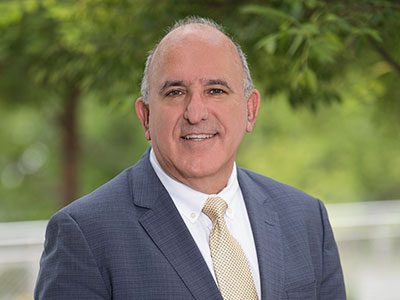Caring for the whole child: Child Life and Integrative Care Services at Children’s National

Child Life Specialist Lanie Berk reads to Jack in the Children’s National Family Resource Center.
Imagine a kaleidoscope of play, education and creative therapies that engage patients and their families to promote healing and decrease pain, fear, trauma and grief. These programs, backed by science, create nurturing environments and experiences that reduce the need for pain medication, shorten hospital stays and improve health outcomes. They allow Children’s National Hospital to care for the whole child — body, mind and spirit.
“Our dedicated Child Life and Integrative Care Services team plays a critical role in supporting families through their medical journeys,” says Director BobbiJo Pansier, MPH, CCLS, CTRS. “Our programs offer opportunities for growth, expression and healing that complement traditional treatments. These interventions bring understanding, comfort and laughter and are life-changing.”
“I see the impact of this care every day,” says Pansier. “Not long ago, a patient who had spent her entire life at Children’s National graduated to another facility. She had never been in a vehicle or experienced the world outside our main campus. Multiple teams came together to ensure her transition would be free of trauma. Her medical care providers, along with a music therapist and Child Life specialists, assisted the transport team. Our team made introductions to staff at the new facility. The patient waved goodbye with a smile.”
Healing Jack’s heart and his family
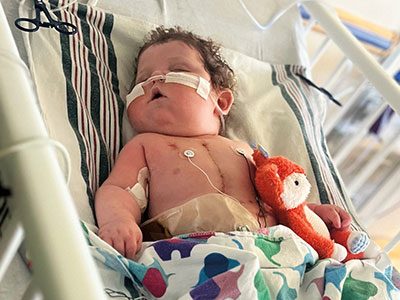
Jack after his heart transplant surgery.
Nine-month-old Jack, awaiting a heart transplant, was in too much pain to sleep. His heart condition had caused serious, painful gastrointestinal problems. His mom, Rachel, had been up all night trying to soothe him.
Lanie Berk, MS, CCLS, a certified Child Life specialist, offered a familiar, friendly face. She held Jack close. She sang to him and read his favorite books.
“There are so many negative touch experiences in a hospital — needles, countless procedures and tubes hooked up to a child,” says Berk. “It’s so important to give positive stimuli in the form of touch that nurtures and heals.”
Jack fell asleep in Berk’s arms, giving Rachel a much-needed break. “It’s a privilege to be part of their story,” says Berk, who Rachel reports is pretty much her son’s favorite person in the hospital. “For a mom to trust me to hold her baby so she can leave for a little while is a huge honor.”
Spending nearly a year in the hospital
Jack was in heart failure when he arrived at Children’s National by emergency helicopter transport in February 2024. He was 4 months old. Our cardiologists diagnosed him with dilated cardiomyopathy, a condition that causes the heart’s chambers to thin, stretch and weaken. On Valentine’s Day, Jack’s family learned he would need a heart transplant to survive. “We were shocked and overwhelmed,” Rachel says. She and her husband Brandon began alternating care for their baby in the hospital and their 2-year-old son Nolan at home.
In April, surgeons installed a ventricular assist device to help Jack’s body pump blood while he waited for an organ donor. But there were complications. His stomach swelled, and he had two strokes. “We quickly learned that Children’s National is an exceptional place with exceptional people,” Rachel says. “There were moments when we fully wanted to panic. Instead, we learned to breathe deeply and trust the care and our team.”
That trust and human connection, along with clear, thorough communication, helped make the hard times easier, Rachel says. Throughout the family’s long stay in the hospital, they received healing support from members of our Child Life and Integrative Care Services team.

The team created a custom book for Nolan, to help explain his baby brother Jack’s condition.
Making the journey easier
The team created a custom book for Nolan, to help explain his baby brother Jack’s condition
Berk kept the mood light during Jack’s medical procedures — for instance, his first round of vaccines. That day, she played music, sang and danced to keep him smiling. Knowing that socializing could help Jack’s parents feel more comfortable and at home, Berk started a monthly dinner tradition in the Cardiac Intensive Care Unit (ICU) waiting room to help families connect.
She also helped Jack’s parents explain the situation to his brother, Nolan. She created books for Rachel and Brandon to read with him at home. The first one explained Jack’s illness and why he needed a new heart. The second prepared Nolan for a trip to the hospital after his brother’s transplant and included details about the devices supporting Jack and his scar. These books helped Nolan understand and feel a part of the journey.
Finding positive ways to pass the time
“This experience makes you feel isolated in so many ways,” Rachel says. The Panda Cares Center of Hope, our Family Resource Center, provided a place for her to relax and connect with parents facing similar challenges. “Reading was the perfect way to distract myself while Jack was sleeping or having a procedure.”
Rachel inspired Berk and Allie Slocum, our patient family library and resource center coordinator, to start a monthly caregiver reading group for Cardiac ICU families. “The group has three important functions,” Berk says. “It encourages parents to be involved with their child’s care, enables them to meet each other, and it helps families connect with their babies through reading, which is great for a baby’s development.”
Creating art
Jack’s parents enjoyed a parent support group with art therapist Katherine Pedrick. Brandon made paper cherry blossom branches, and Rachel made a vase. They painted comfort boxes filled with words of encouragement. Art therapy gave them an outlet within the hospital and helped them connect with other families in the Cardiac ICU. “It’s comforting to know you’re not alone and there are others who understand what you’re going through and will listen and offer guidance,” Brandon says.
Appreciating volunteers
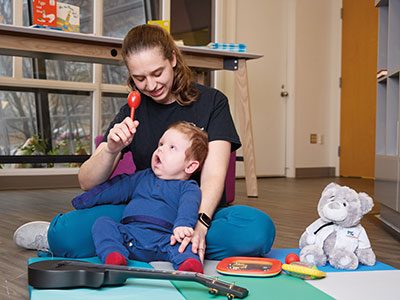
Music therapy activities, such as playing with a quacking toy duck and a baby rattle, helped delight and stimulate Jack while he was in the hospital.
Children’s National volunteers read to baby Jack on a regular basis. “One particular volunteer came often and really connected with him,” Rachel says. “By the end of her visits, he would be asleep in her arms. The volunteer visits allowed me to take a walk or get something to eat. It meant a lot.” Other volunteers visited Jack to play with developmentally appropriate toys and games.
Engaging in special events and activities
Rachel enjoyed events at Seacrest Studios, especially in-person appearances by American singer-songwriters Andy Grammer and Phillip Phillips.
The Bunny Mellon Healing Garden served as an oasis Jack’s parents visited often, including with Jack, to breathe fresh air, read, walk and enjoy a change of scenery. “Sunlight can do wonders,” Brandon says. “On the night before Jack’s heart transplant, we sat outside enjoying a perfect summer night underneath a star-filled sky. It was calm and peaceful and just what we needed.”
Rachel says her son always had a great smile; but at the start of his hospitalization, it was subtle, and sometimes he could lift only one cheek. One week post-transplant, Jack’s smile was even. Now, his mom reports that he has a roaring belly laugh. This summer, he is working to sit up and enjoys stroller rides.
“Our team at the hospital taught me to be a little more spontaneous and celebrate the good moments,” Rachel says. “I’m more likely to go outside and play with the boys now, even if there are chores to do. I’m more about thriving in the moment. Children’s National gave Jack the ability to live a life. We’re here to enjoy every minute of it.”
Read more stories like this one in the latest issue of Believe magazine.



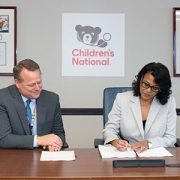
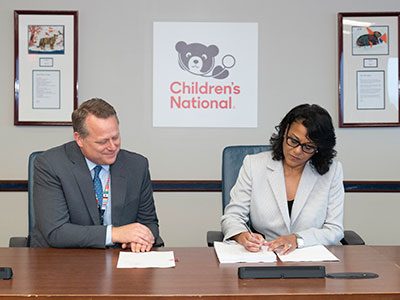 Children’s National Hospital announced that it will be partnering with Epic, the nation’s leading electronic health record (EHR) provider, on a comprehensive transition to a new integrated health record system. The full implementation of Epic’s platform, planned to be completed in mid-2027, will better enable the delivery of patient-centered and coordinated care.
Children’s National Hospital announced that it will be partnering with Epic, the nation’s leading electronic health record (EHR) provider, on a comprehensive transition to a new integrated health record system. The full implementation of Epic’s platform, planned to be completed in mid-2027, will better enable the delivery of patient-centered and coordinated care.

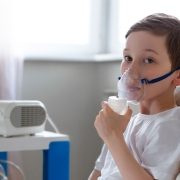
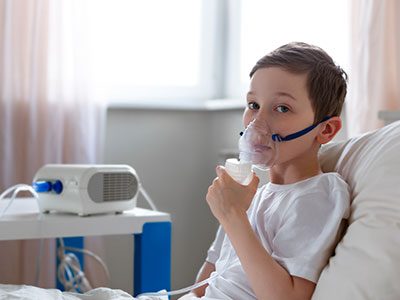
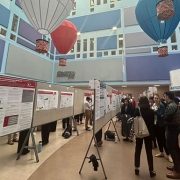
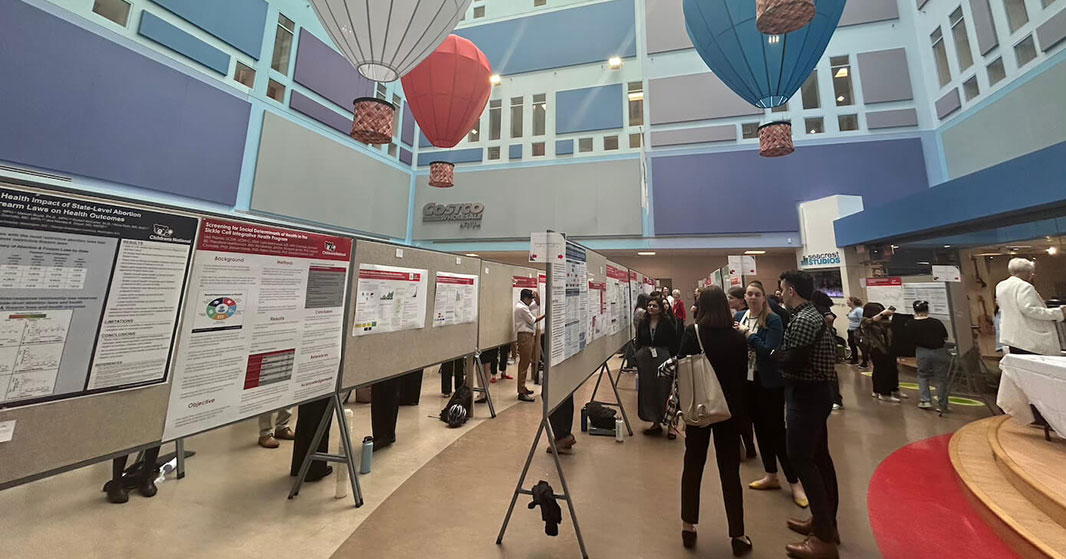
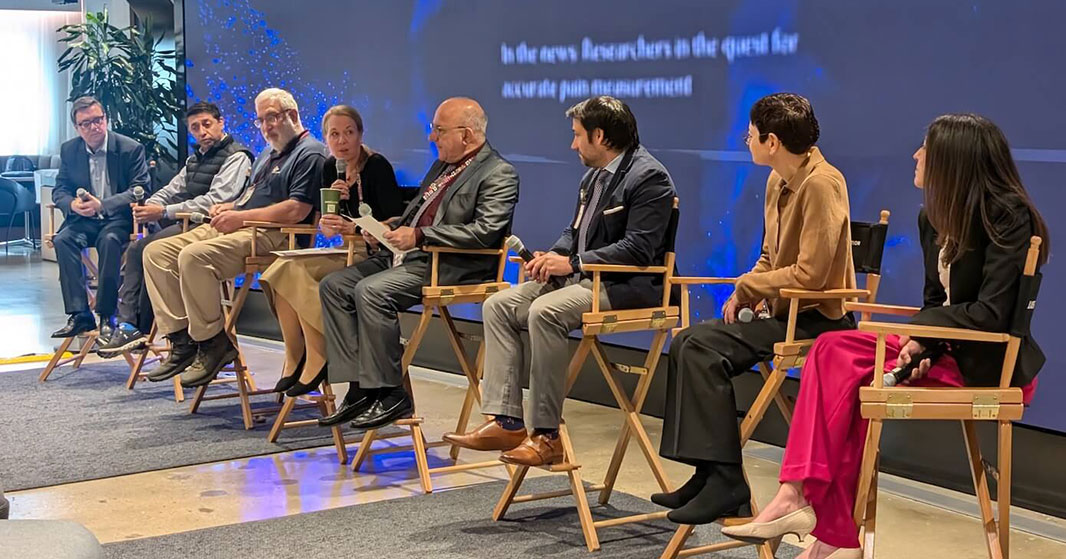

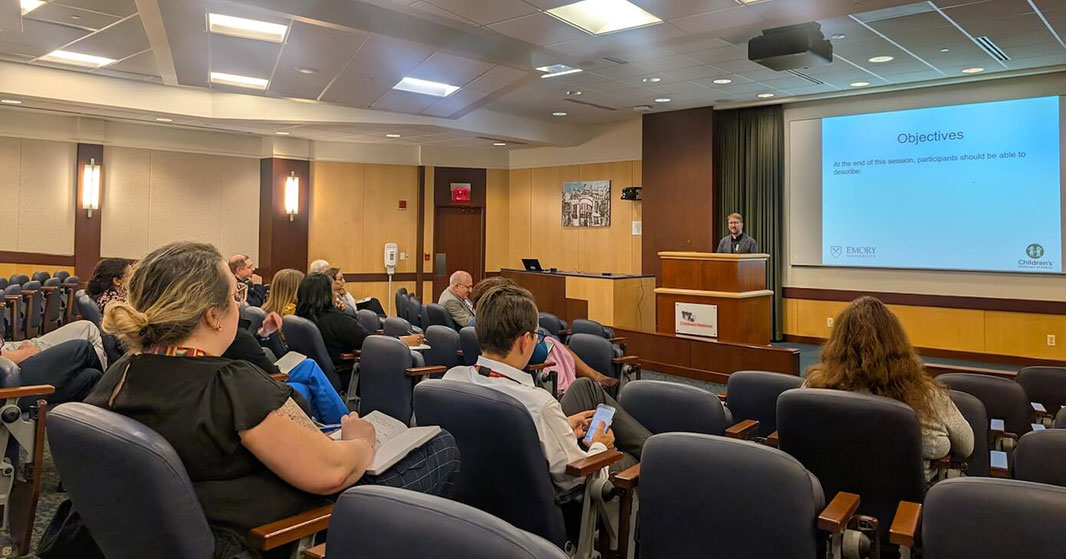
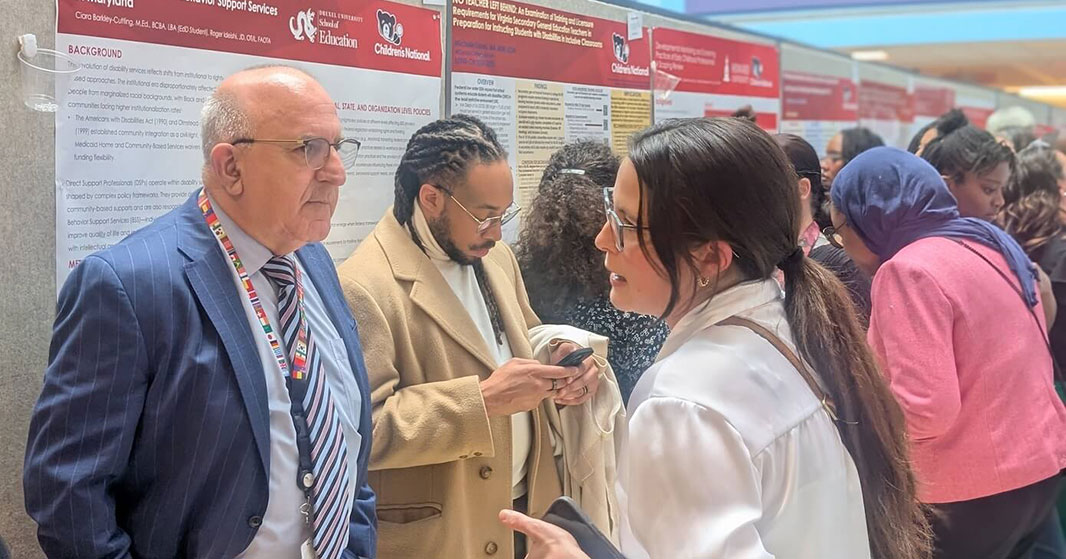
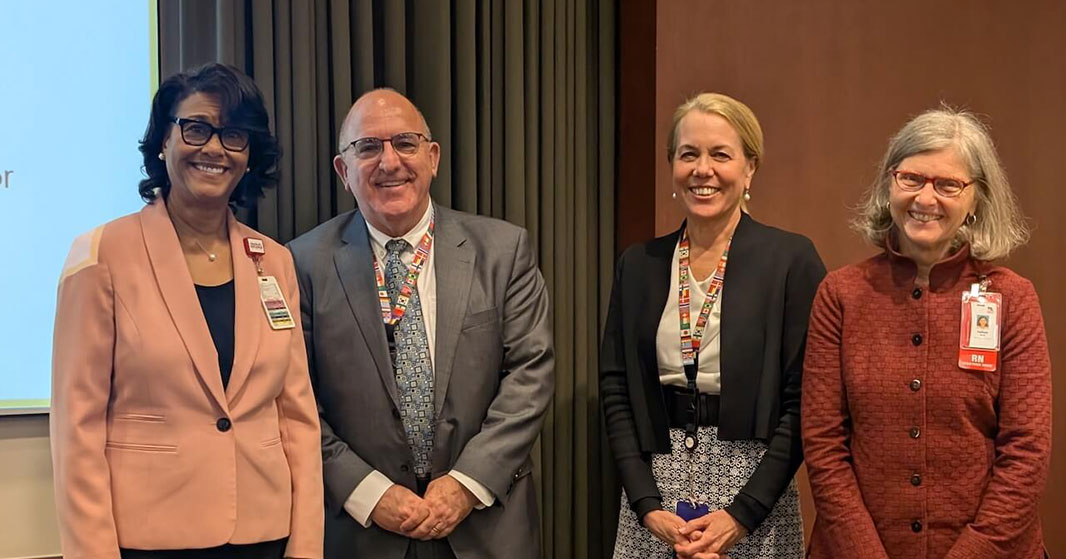


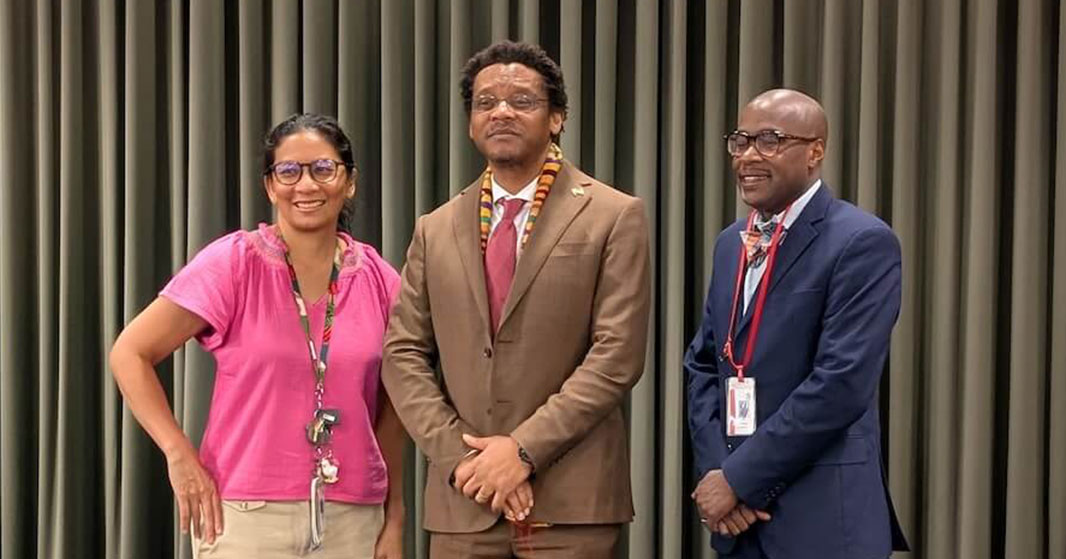
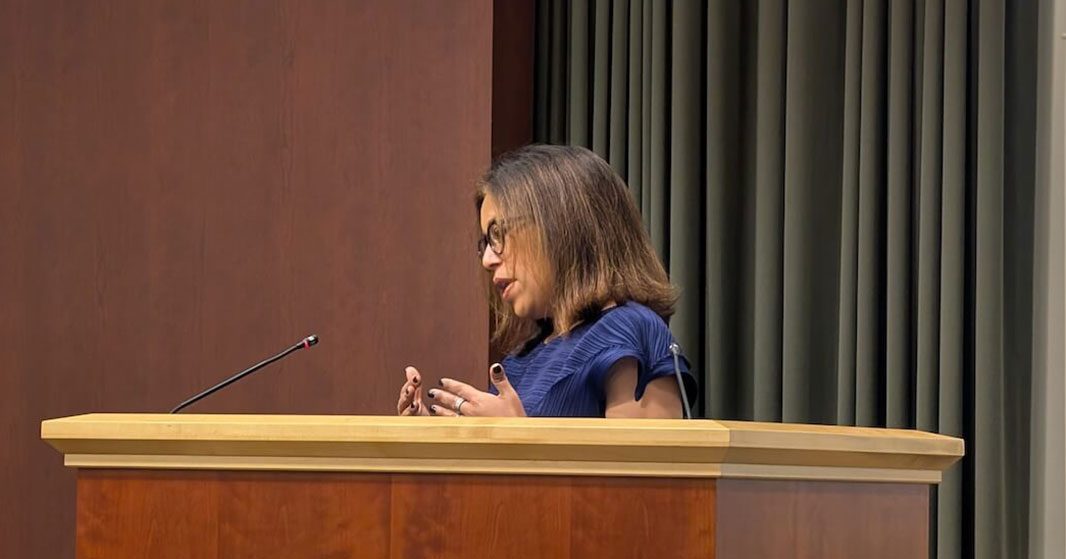
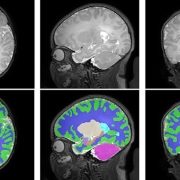
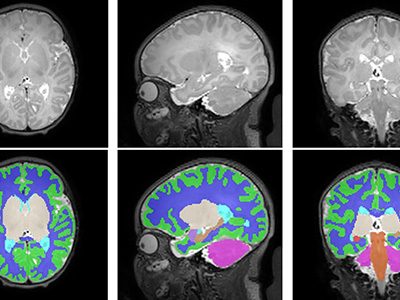








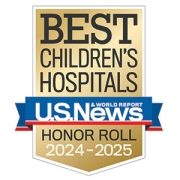
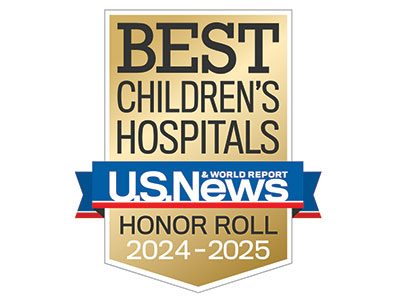 Children’s National is
Children’s National is 



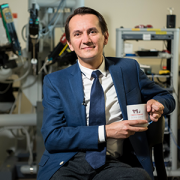
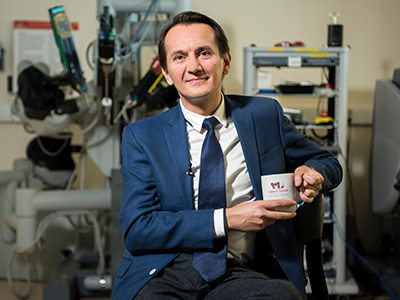

 In 2024, Children’s National Hospital continued to make remarkable strides across diverse areas of pediatric medicine, from groundbreaking technological innovations to critical health advocacy. The following compilation showcases ten significant stories that demonstrate the breadth and depth of the hospital’s impact, as featured in major national news outlets including NBC Nightly News, CNN, The Washington Post, The New York Times, NPR, The Today Show, Healio, and POLITICO. Delve into our 2024 news highlights for more.
In 2024, Children’s National Hospital continued to make remarkable strides across diverse areas of pediatric medicine, from groundbreaking technological innovations to critical health advocacy. The following compilation showcases ten significant stories that demonstrate the breadth and depth of the hospital’s impact, as featured in major national news outlets including NBC Nightly News, CNN, The Washington Post, The New York Times, NPR, The Today Show, Healio, and POLITICO. Delve into our 2024 news highlights for more.
 2024 marked another groundbreaking year for Children’s National Hospital, showcasing remarkable advances across the spectrum of pediatric medicine, research and healthcare innovation. From pioneering surgical procedures to breakthrough artificial intelligence applications, the institution continued to push the boundaries of what’s possible in children’s healthcare. Read on for our list of the most popular articles we published on Innovation District in 2024.
2024 marked another groundbreaking year for Children’s National Hospital, showcasing remarkable advances across the spectrum of pediatric medicine, research and healthcare innovation. From pioneering surgical procedures to breakthrough artificial intelligence applications, the institution continued to push the boundaries of what’s possible in children’s healthcare. Read on for our list of the most popular articles we published on Innovation District in 2024.




